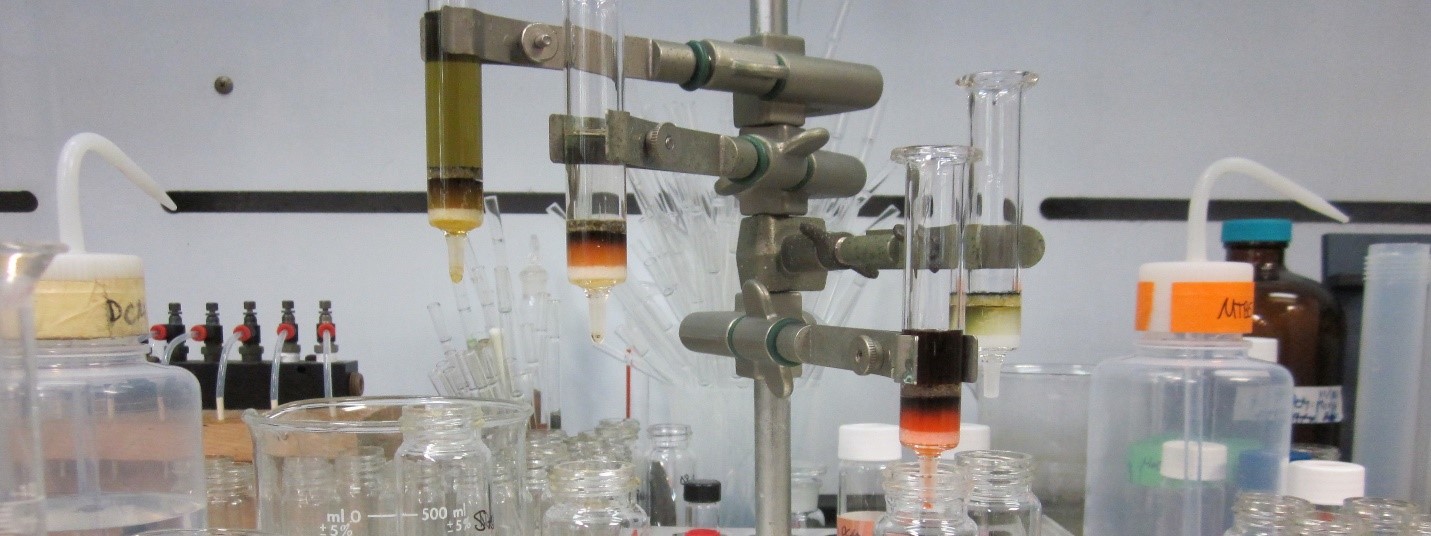
Geobiology
Maggie Osburn and her group are interested in how microbes drive biogeochemistry, how we know, and how this has changed through time. To these ends they integrate the tools from microbiology and geochemistry to gain a fuller understanding of how different microbial ecosystems function. There are four main directions of research underway in the Osburn Group including studies of biosignature production and preservation, the shallow and deep subsurface biospheres, Microbial Dark Matter, and Earth History applications.
Biosignatures: How can we tell what microbes are doing and what they may have been doing in the past? Biosignatures refer to molecules, isotopic signatures, or structural features that tell us something about life. The Osburn group is interested in lipid biomarkers, isotopic biosignatures (see isotope geochemistry), and mineral structures. These studies take us to a range of modern environments to better understand their modern lipid biosignatures including hypersaline lakes, caves (limestone and lava tubes), mines, and lakes.
Subsurface: The shallow and deep subsurface biospheres contain a vast quantity of life and are key targets in astrobiological exploration, yet little is known about how these environments function and how independent they are from the surface. The Osburn group has projects in a range of subsurface locations including the Deep Mine Microbial Observatory (DeMMO) in Lead South Dakota, Mammoth Cave National Park, Lava Beds National Monument, and a range of cave systems in Mexico.
Microbial Dark Matter includes all of the microbes that we know from DNA sequences, but have thus far been unable to culture. These groups constitute the vast majority of environmental microbes and therefore are playing a large role in ecosystem function. The Osburn group targets these microbes through both genomic and advanced cultivation techniques in hopes of understanding better what these enigmatic microbes are doing in the environment.
Earth History: The Earth has changed dramatically through time and has seen environmental change on a scale without precedent in the modern (thank goodness). The Osburn group is particularly interested in the Neoproterozoic, as this volatile time period set the stage for the emergence of animal life. We can measure the isotopic signatures of carbon, sulfur, and now calcium and strontium, present in rocks to understand geological and biological conditions within the ancient oceans. We also look deeply at the rocks themselves to better understand which signals are primary and which signatures are products of subsequent alteration.
Neal Blair: The microbial cycling of C in soils and sediments is an important facet of Neal Blair’s research. The role of soil fungi in sequestering organic C and creating specific biogeochemical characteristics of soils has been studied. The biogenic production of methane and its geochemical signatures in marine and lake sediments, and coalbeds has been an area of research.